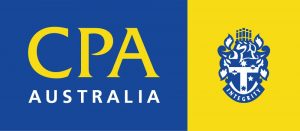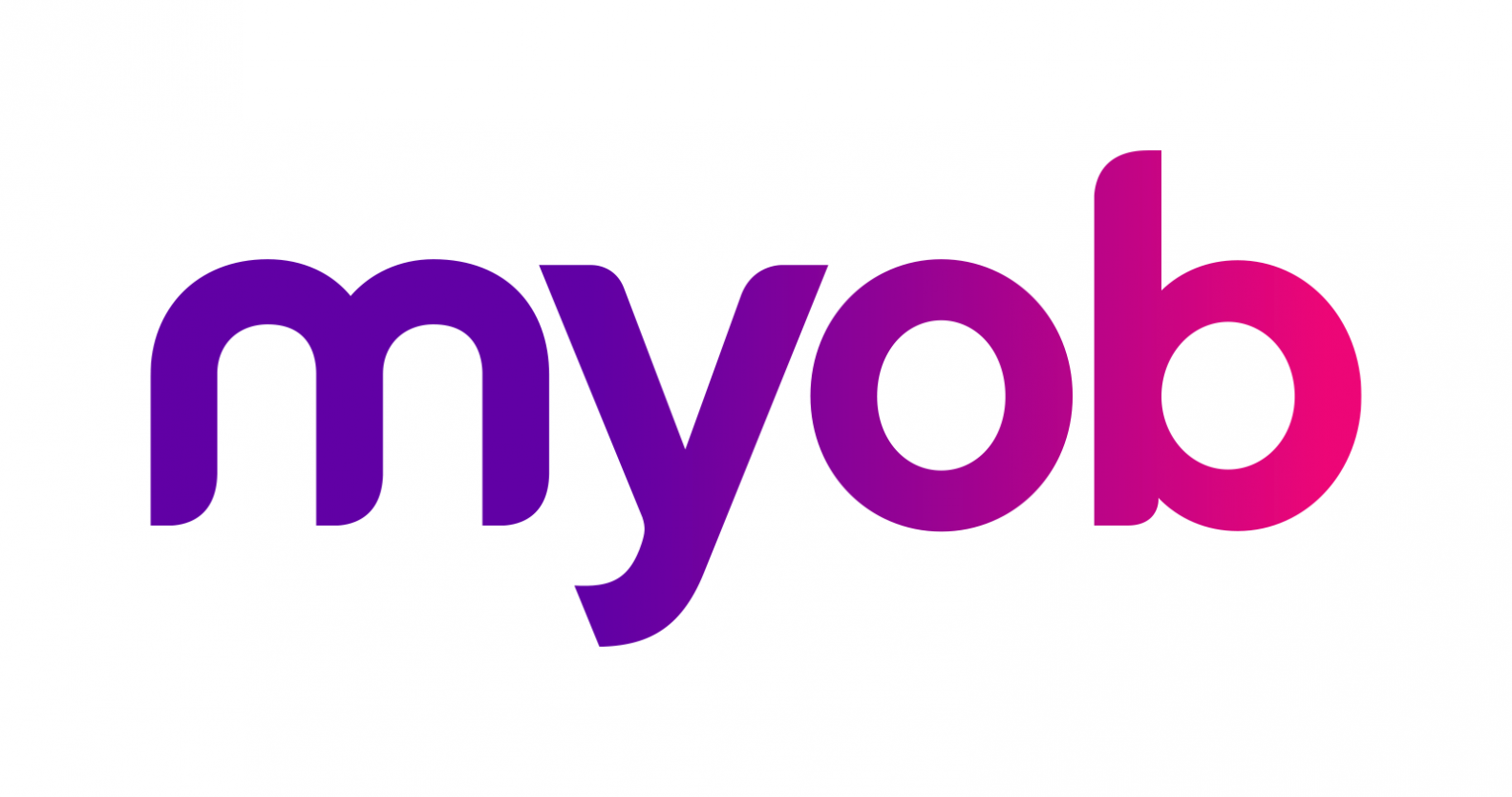Private company clients who receive payments, benefits or loans from their private companies need to ensure compliance with their additional tax obligations (which are often referred to as their ‘Division 7A’ obligations).
There are multiple ways in which business owners may access private company money, such as through salary and wages, dividends, or what are known as complying Division 7A loans.
Division 7A is an area where the ATO sees many errors and the ATO is currently focused on assisting taxpayers in managing their obligations when receiving payments and benefits from their private companies.
In this regard, the ATO has recommended that business owners do the following:
• keep adequate records;
• properly account for and report payments and use of company assets by shareholders and associates; and
• comply with rules around Division 7A loans.
Understanding these Division 7A obligations is essential in order to:
• make informed decisions when receiving private company money and using private company assets; and
• avoid unexpected and undesirable tax consequences.









